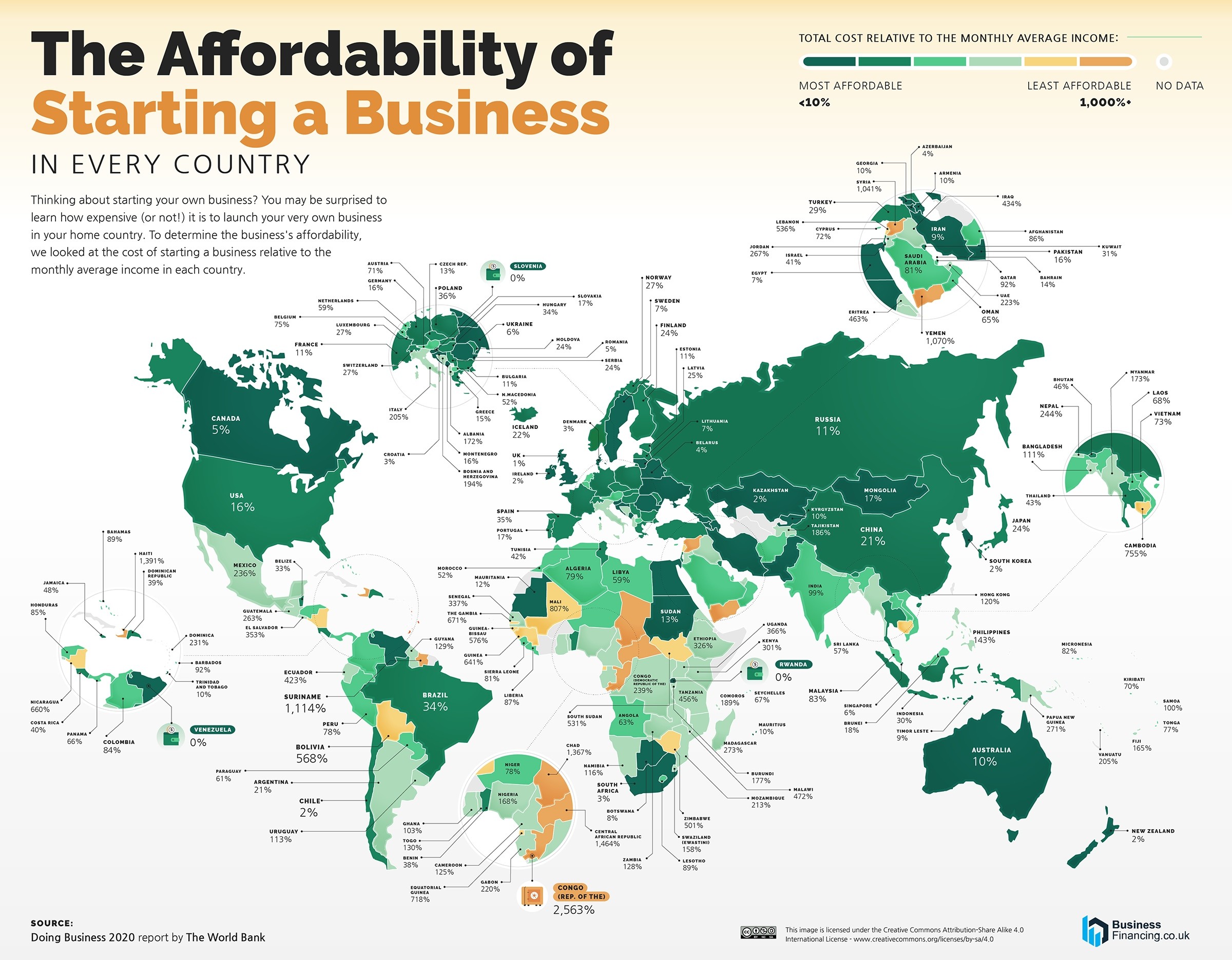How to evaluate the location of your new office
Oracle moved its corporate headquarters from Silicon Valley to Austin, Texas, to give employees more flexibility in where and how they work.
Hewlett Packard Enterprise moved its corporate headquarters from San Jose, California, to outside Houston, Texas, citing “business needs, opportunities for cost savings and team members’ preferences about the future of work.”
Around 125 tech companies including Toyota, Samsung, and McKesson have relocated to the Dallas-Forth Worth area to take advantage of lower housing costs and an experienced talent pool.
Corporate relocations were expected to increase beginning in 2020 due to new business growth, talent acquisition, and business needs. Let’s take a close look at why companies relocate or open a new office in a new location.
Why do companies relocate or open an office in a new location?
Deciding where to locate a business has always been important. Location plays a huge role in attracting and retaining the best employees, many of whom carefully choose where they live to optimize their work–life balance.
Choosing a good office location can significantly improve a company’s long-term performance. Likewise, a bad location can cost millions in lost talent, productivity, and capital. Below are some key reasons why companies relocate or open an office in a new location.
Lower operating costs
Lower operating costs are one of the main benefits of starting or moving an existing business to a new location. For example, Ford moved production of the Ford Focus model from Mexico to China because of the growing demand for cars and rising production costs in the U.S. market. Ford also has manufacturing facilities in Thailand and Brazil to benefit from low-cost labor.
Workforce challenges
The primary reason for choosing the right office location is to find a skilled workforce. Companies that need workers, particularly in technical or scientific fields, are moving to areas where workers with the requisite skills are readily available. One example is Apple’s well-known relationship with the Chinese manufacturing company Foxconn. Apple has cited a shortage of skilled workers in the United States and stated that China’s abundant labor supply allows them to quickly complete large workloads.
Regulations and taxation
It is common for companies to go international to reduce their overall costs by moving from high-tax areas to areas where taxes are lower and regulations are less strict. In this way, companies can achieve more results with fewer resources. For example, Burger King reportedly saved about $275 million by moving its headquarters from the United States to Canada.
Economic reasons
Companies including Netflix, Salesforce, and Wayfair are instituting hiring freezes and layoffs to combat rising prices. Banks and economists are sounding the alarm about a looming recession. In response, companies are preparing to move to new locations to weather the storm.
Access to a wider market
Access to lucrative markets is another reason companies are looking to relocate. In Spain, for example, there will be approximately 475 FinTech companies by the end of 2022, and they are experiencing significant growth. Furthermore, the country’s free trade agreements make it easy for companies to operate, offering access to markets outside of their country of operation.
Factors to consider when evaluating your new office location
Despite the rise of e-commerce and claims of the death of the return to the office, finding the perfect brick-and-mortar office premises is as important as ever. Location plays a huge part in the search, and the options can be overwhelming. Here are five factors to consider when choosing a new office or business location.
Skills and talent availability
Workforce availability, skills, and labor costs are directly related to demographics. Only a few geographic locations will offer workers with the right skills at the right price. Therefore, consider the demographics of the states/cities under consideration.
When evaluating workforce availability, consider supply and demand. Few workers and high demand for their services will drive up salaries, resulting in high operating costs. The opposite is also true: Many workers and little demand for their services will drive salaries down. In addition to workforce availability and cost, skills are critical. A skills gap in the workforce will result in a low quality of products and services, resulting in lower competitiveness and productivity for the business.
Competitor assessment
Expanding into an international market can allow growing companies to avoid being absorbed by competitors. It is easier for companies to operate in a market where they know they will be the top product or service provider. This is because companies can establish critical relationships with buyers and own a more significant portion of the market before competitors arrive. Therefore, it is necessary to consider the competitive landscape in all geographies under consideration.
Setup costs and affordability
Cost is a significant factor when deciding which country to open a new office in. Determining the affordability of setting up an office in a new location involves analyzing the market’s size and growth, trade barriers, labor availability, transportation and information costs, infrastructure and government initiatives, country openness, trade and tax laws/regulations, and exchange rates. These factors determine whether a country is suitable for a business.
Based on World Bank data, BusinessFinancing.co.uk has created a map that shows stark differences between countries in terms of the affordability of starting a new business.
Source: BusinessFinancing.co.uk
Infrastructure
Of course, reliance on infrastructure varies from industry to industry. However, there is no denying that the availability of infrastructure plays a critical role in location decisions. Infrastructure includes power, transportation, communications, water, banking, etc. The availability of particular infrastructure should be prioritized according to the needs of a particular business.
Socioeconomic characteristics
Demographics refer to the socioeconomic characteristics of the population of a particular geographic location. These include age, gender, education, employment, income level, and property ownership. When choosing a business location, studying demographics will help you identify a target market to build a solid customer base for your products or services.
HRForecast location analysis solution
We often hear that the three most important considerations in business are location, location, and location. Moving a business to a new location in another country or within the same country is a step that few take. Relocation is a challenging process, but it’s a step towards long-term success. Get it wrong, however, and you could find yourself stuck with an operation that costs you a lot of money but doesn’t produce better results.
Preparation is critical to determine if a move is right for you. Through our location analysis solution, HRForecast can help your company evaluate the full range of benefits and costs — for your existing employees, your potential new customer base and talent pool, and the business itself. Book a demo with our consultants for a detailed assessment of potential new office locations.
Stay up to date with our newsletter
Every month, we’ll send you a curated newsletter with our updates and the latest industry news.



























 info@hrforecast.de
info@hrforecast.de
 +49 89 215384810
+49 89 215384810






